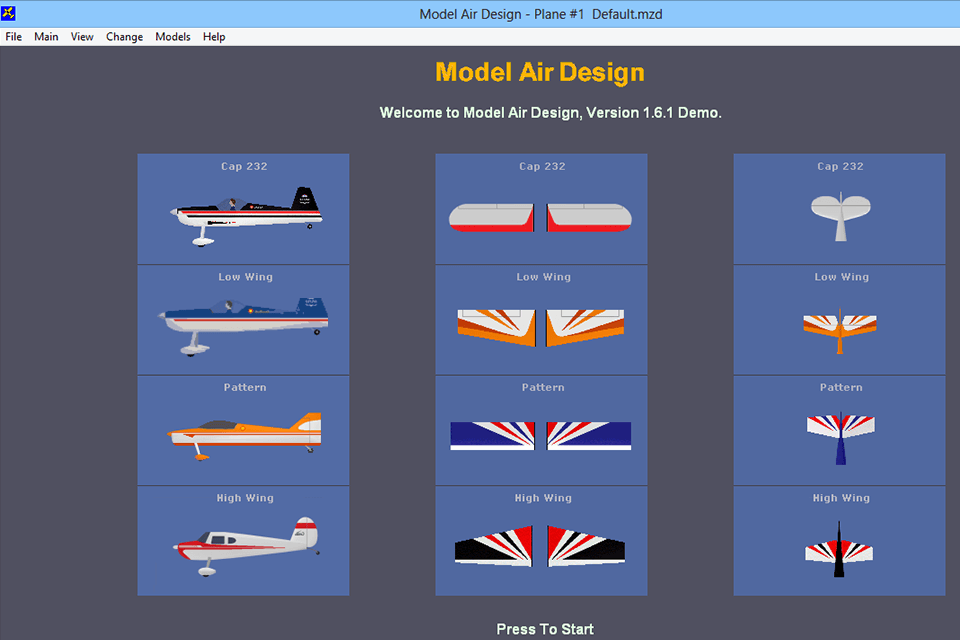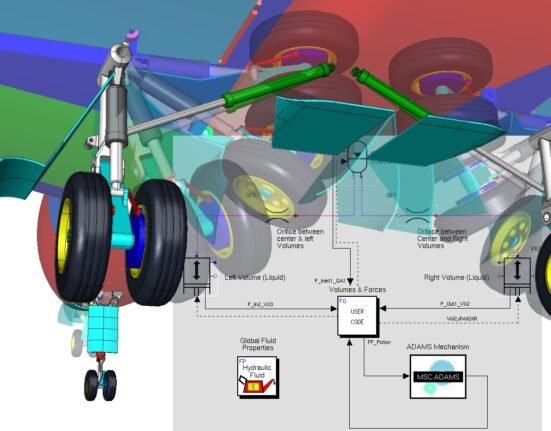Selecting the right aeronautical design tools is crucial for creating precise and efficient aircraft models. In Nigeria’s rapidly evolving aerospace sector, engineers and designers must rely on advanced software and equipment to meet industry standards. With numerous tools available, understanding their capabilities and choosing the best fit for your project can significantly impact design accuracy, efficiency, and overall project success.
When evaluating aeronautical design tools, the first factor to consider is their ability to deliver high-precision modeling. Accuracy is non-negotiable in aircraft design because even minor errors can lead to significant safety risks. Tools equipped with advanced computational fluid dynamics (CFD) and finite element analysis (FEA) capabilities are essential. These features allow engineers to simulate and analyze airflow, structural integrity, and aerodynamic performance under various conditions. Software such as ANSYS Fluent and Siemens NX are widely recognized for their robust modeling capabilities and are trusted by aerospace professionals worldwide.
Another critical consideration is compatibility with industry standards and formats. Aeronautical engineers work with complex datasets and multidisciplinary teams. The chosen design tool should support seamless data exchange through standard file formats like IGES, STEP, and STL. This compatibility ensures smooth collaboration between design, manufacturing, and testing teams. Tools like CATIA and SolidWorks offer extensive format support and are widely adopted across the aerospace industry for their versatility.
User-friendliness is also a key aspect when selecting aeronautical design tools. While advanced features are essential, the software should have an intuitive interface and comprehensive documentation. Efficient navigation and clear workflows reduce the learning curve and enable engineers to focus on design innovation rather than struggling with the tool itself. Autodesk Fusion 360 is known for its user-friendly design environment without compromising on advanced simulation capabilities.
Cost-effectiveness is a practical concern, especially for small engineering firms or academic institutions. While premium design software offers extensive features, it may not be feasible for all budgets. Open-source options like OpenVSP and FreeCAD provide powerful modeling capabilities without the high price tag. These tools are particularly useful for prototyping and educational purposes, allowing engineers to perform complex analyses without significant financial investment.
Scalability and support services play a pivotal role in long-term tool selection. As aeronautical projects evolve, the chosen software should be capable of handling increasingly complex designs and large datasets. Consider software providers who offer regular updates, technical support, and community forums. Companies like Dassault Systèmes and Siemens provide extensive customer support and continuous software improvements, ensuring their tools remain at the forefront of technological advancement.
Integration with other engineering systems enhances the efficiency of aeronautical design. Tools that can interface with manufacturing and testing systems streamline the transition from concept to reality. For instance, software that supports 3D printing or CNC machining ensures that digital designs can be accurately fabricated. This integration minimizes errors and accelerates the design-to-production timeline.
Choosing the right aeronautical design tool is a strategic decision that affects every phase of aircraft development. Prioritize tools that deliver precision, support industry standards, are user-friendly, and offer scalability. With the right software, Nigerian aerospace engineers can produce innovative and accurate aircraft models that meet global benchmarks.
Stay updated with the latest aeronautical design innovations and industry insights at epci.ng to enhance your engineering capabilities.







Leave feedback about this